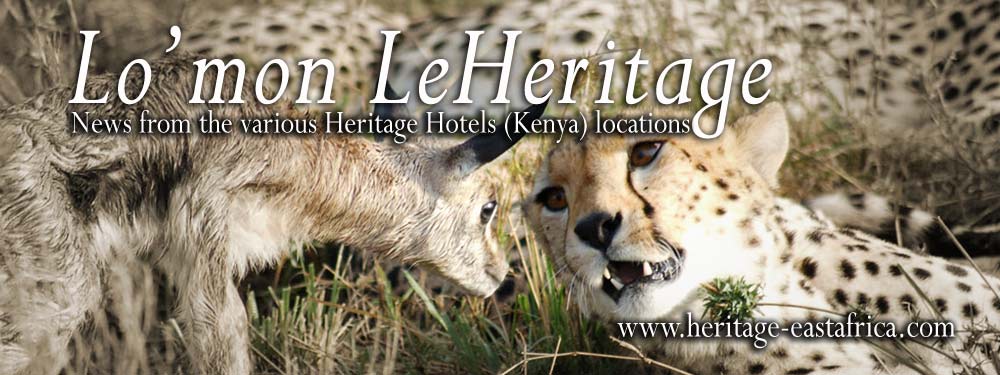Game viewing in the vast plains of Masai Mara National Game Reserve is the absolute highlight of a stay at Mara Intrepids and Mara Explorer Camps. It is always best to know what the weather and climate is like before you travel to Masai Mara. Below is a short summary of what to expect between the months of April - May so as to maximize on the safari experience.
Weather:
Following the poor distribution of long rains in the Mara, the grass plains are crisp golden as opposed to luscious green. The sky is clear from dawn to dusk, with a cool breeze during the day.
Temperature:
Morning: 17 degrees celcius
Midday: 28 degrees celcius
Sunset: 25 degrees celcius
Highlights:
Plain Game and Loita Plains Migration
This change of weather has affected animal movement and behavior. This year, in the absence of the normal wet season the wildebeest and zebras herds that normally spend their time in the Loita plains to calf and raise their young, are in the Mara much earlier than expected with their young.
There’s not a lot of grass now in the reserve and if this pattern continues, we may see more unusual animal behavior.
Lion
Usually the lion cub mortality rate is high before the arrival of the wildebeest and zebra because there isn’t enough to prey on. This year, the lion prides may do well with their cubs because the prey is here earlier than usual.
Normally, large grazers leave the Mara during the wet season to higher and well drained grounds so as to avoid foot rot. This allows the grass time to grow tall, giving predators cover to stalk their prey.
Leopard
Leopard sighting are much better than that of the cheetah, especially along the Olare-orok and Intiakitiak rivers.
Cheetah
Cheetah sightings are better after the comeback of the wildebeest and zebras migration. There’s enough food and the grass is shorter. The short grass helps the cat to spot its prey easily and attract gazelles - which is the cheetah’s favorite prey.
Other Highlights:
- Birdlife is plentiful. Great month for ornithologists as many Palearctic migratory birds are going back to Europe/North Asia, therefore many aquatic birds utilize the wet season for a brief break in the Mara and other parts of Kenya to feed before final departure
- Dark sky background in the afternoons when the rains are building up, great photography
- Most herbivores move to higher grounds to avoid fungal infections in the hooves. Most game will concentrate only in particular areas where the grass is short
- Lions adapt to tree climbing to get better view and some cheetah use vehicles bonnets.
- Lions adapt to hunting warthogs even inside holes on the ground
Report and pictures by John Parmasau - Head Safari Guide, Mara Intrepids and Mara Explorer Camps.
©Heritage Hotels Ltd, Kenya.http://www.heritage-eastafrica.com/





